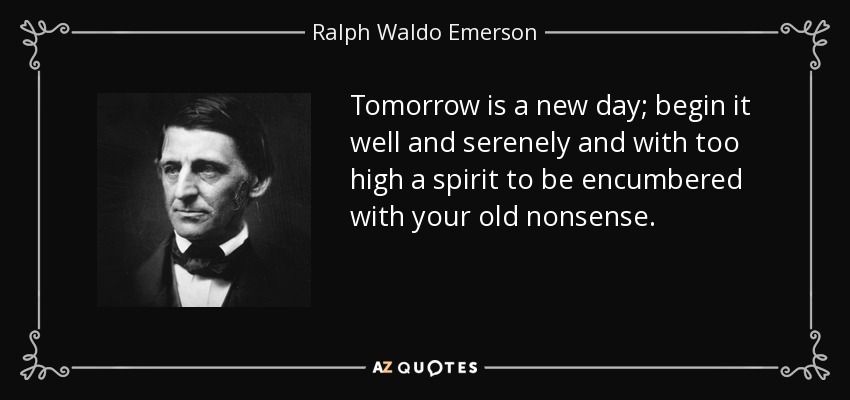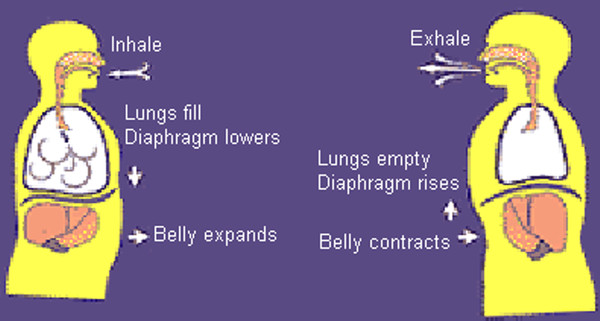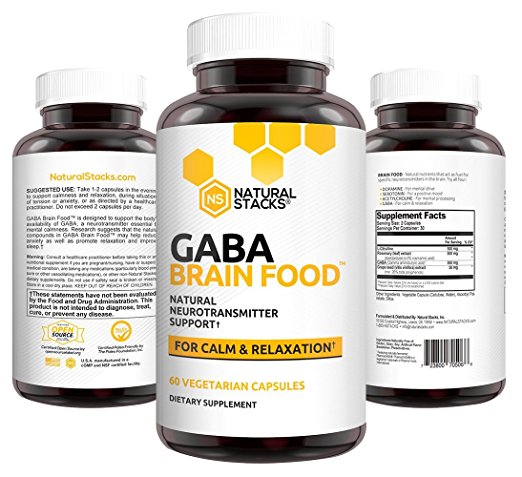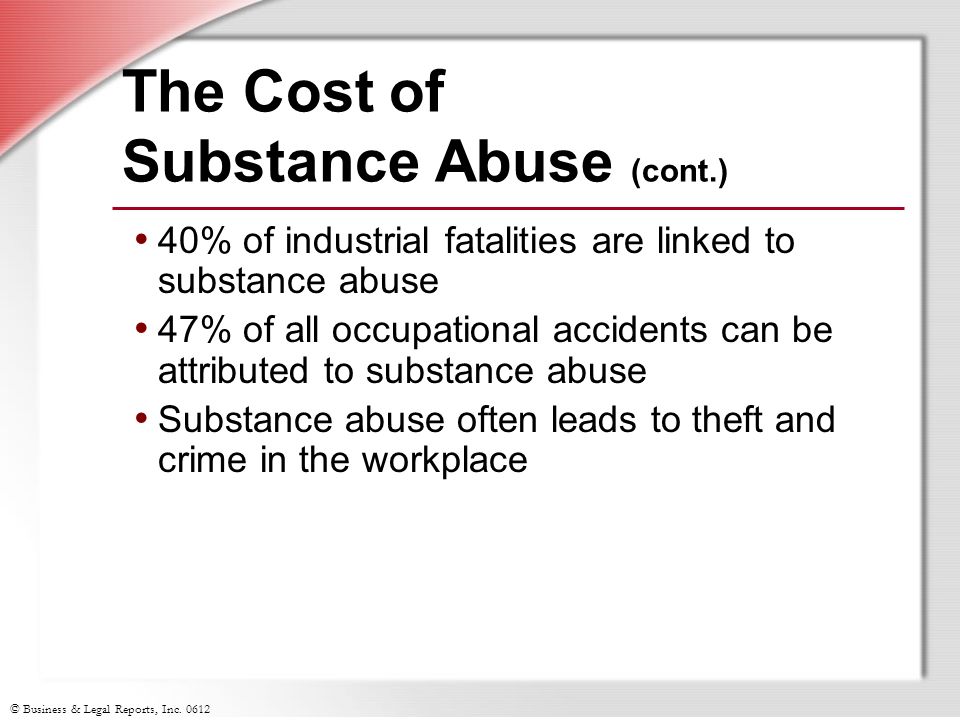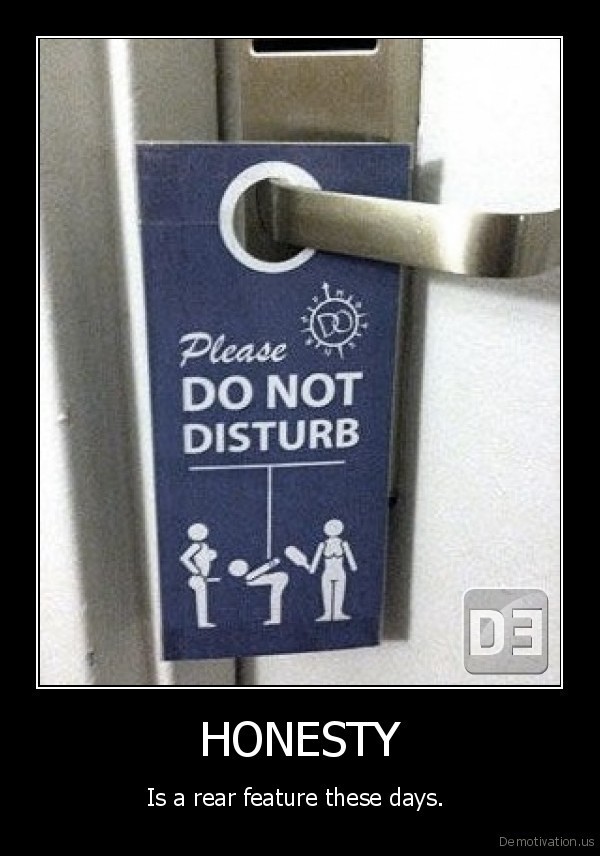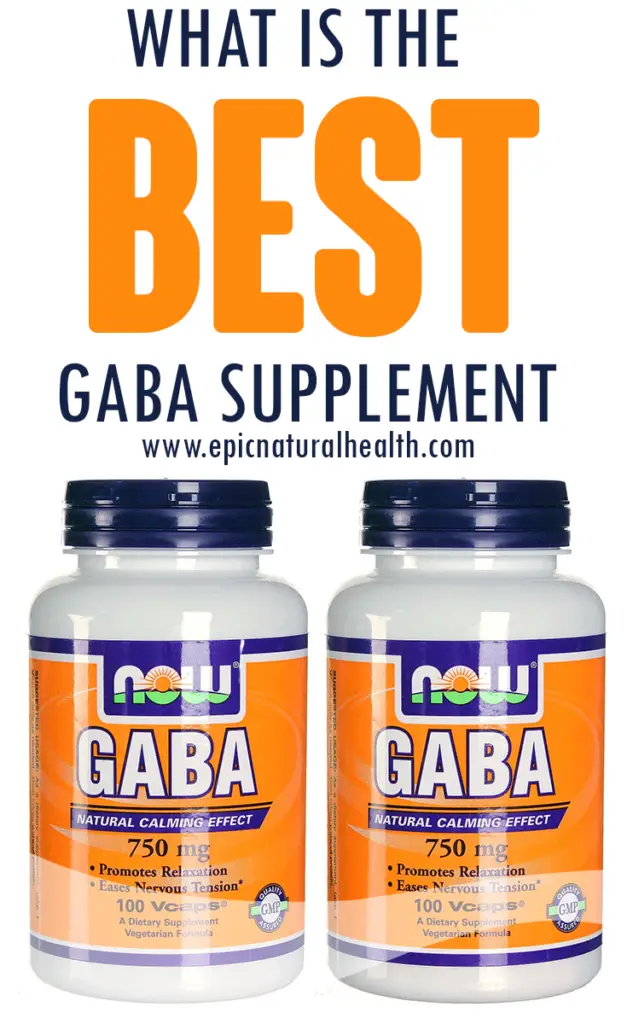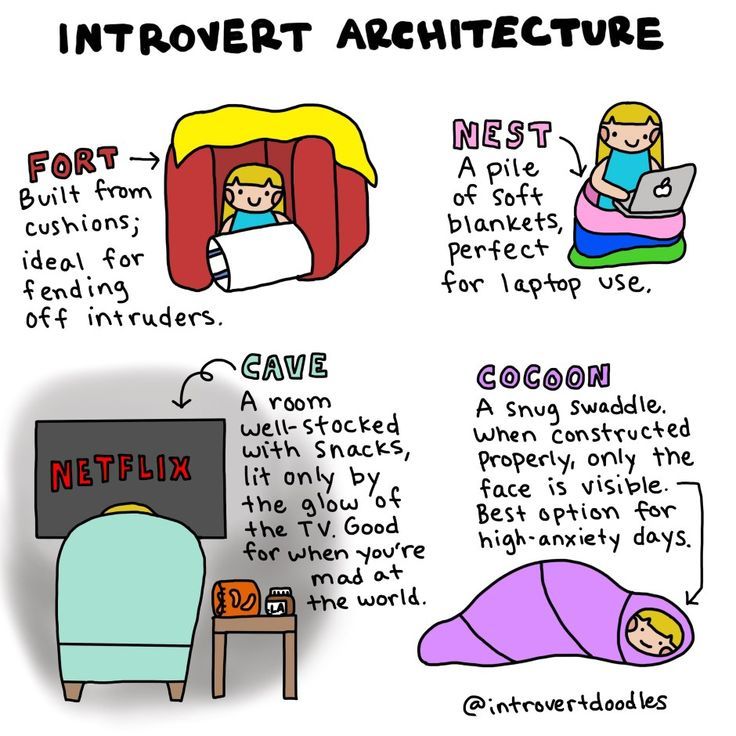How to live in pain
My chronic pain journey would have been easier knowing 5 things % STAT
I’ve been living with chronic pain for more than a decade.
It began in 2009 with nerve damage after emergency groin surgery. Four years later, I fell and hit my head. That fall led to a constant headache, a whistling sound in my ear, back and hip pain, tingling and numbness in my hands and feet, electrical shocks in my legs, muscle soreness, and random pain and burning sensations throughout my body. Years later, after numerous doctor visits and tests, I was diagnosed with fibromyalgia, tinnitus, neuropathy, chronic fatigue, and depression.
I had a hard time adjusting to the pain. I let my symptoms control me. My quality of life suffered along with my physical conditioning.
advertisement
Here are five things I wish I had known earlier in this journey, much of which I learned while attending a three-week outpatient program at the Mayo Clinic Pain Rehabilitation Center in 2012 and again in 2018. Each of these would have made my journey easier and might help others living with chronic pain.
Pain isn’t just physical. Chronic pain clearly affects the body, but it also affects emotions, relationships, and the mind. It can cause anxiety and depression which, in turn, can make pain worse.
advertisement
At work, I couldn’t handle the stress. I had trouble concentrating, missed deadlines, and made mistakes. At home, I didn’t sleep well and was irritable. I was plagued by negative thoughts like, “Do I want to live like this the rest of my life?” When I reluctantly quit my job at the recommendation of my doctors, I lost more than a regular paycheck and valuable benefits like health insurance and retirement savings: I also lost a sense of self-purpose and self-worth.
As I came to understand the connection between pain and emotional issues, I included mental health care as part of my pain management program to help control my mood and manage stress.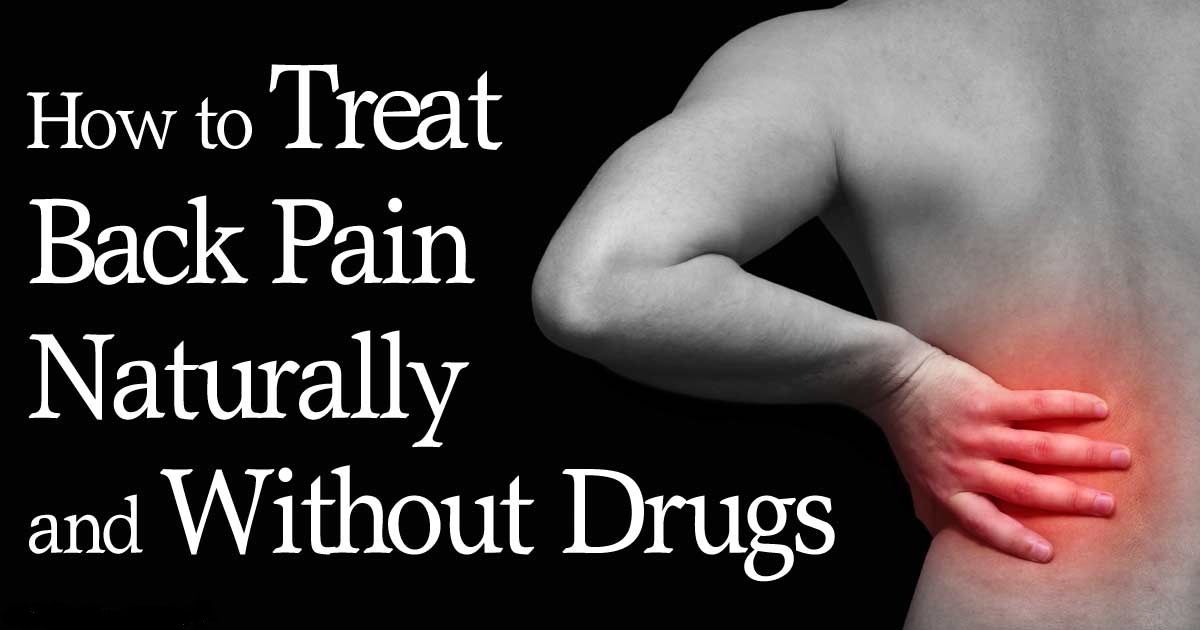
Pain isn’t always curable. Medical professionals don’t have all the answers, nor do they always have cures. There is no magic pill or intervention that makes chronic pain disappear. Sadly, some people with chronic pain may never be pain free again.
To try to relieve my pain, I’ve bounced between all types of health care providers: primary care physicians, pain specialists, rheumatologists, neurologists, audiologists, physical therapists, surgeons, and psychiatrists. I’ve been through X-rays, ultrasounds, MRIs, CT scans, and all sorts of other diagnostic tests. I’ve taken opioid painkillers, non-opioid painkillers, vitamins, and herbs; attended professional lectures; spent countless hours searching the internet; and even had surgery. Some of these helped relieve my pain, some didn’t, and some even made things worse. Meanwhile, they all cost me time and money and delayed my pain rehabilitation.
Not all pain means harm. We learn at an early age that touching something hot hurts.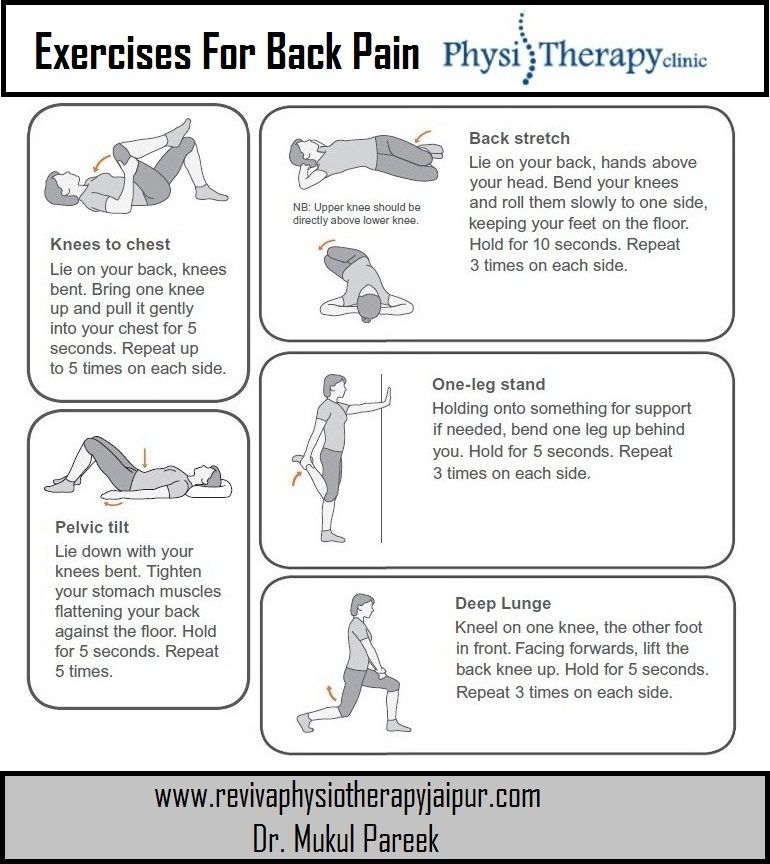 But the presence of pain doesn’t always mean danger.
But the presence of pain doesn’t always mean danger.
There are two types of pain: acute and chronic. Acute pain is the body’s normal response to tissue damage or injury and needs immediate medical treatment. It heals and generally lasts less than three months. Chronic pain is an abnormal response and doesn’t improve with time. It can occur in the absence of tissue damage and persist long after the body heals. It changes how nerves and the brain process pain, as misfiring nerve signals continue to tell the body it hurts.
By being able to tell the difference between new acute pain and chronic pain, I have changed how I react to chronic pain by not being so guarded or worried about it.
Change thinking, change life. Thoughts, feelings, and behaviors are connected. Chronic pain makes it easy to feel distressed, to give up and become a victim. “Woe is me,” “life isn’t fair,” and other unhelpful thoughts increase one’s focus on pain and can make it worse.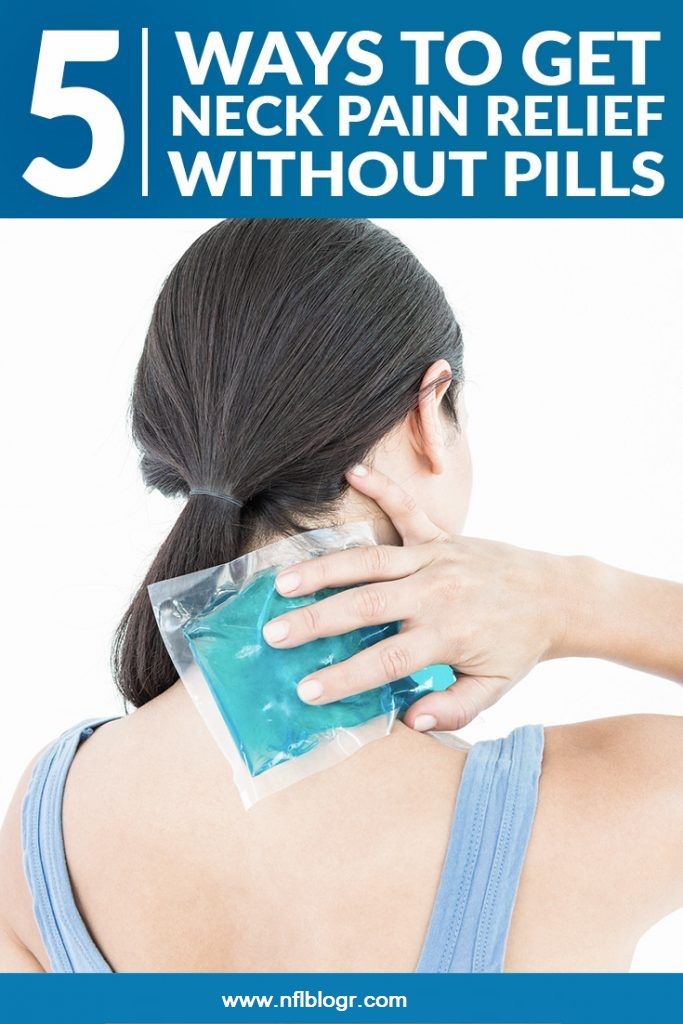 It fosters anger, frustration, and hopelessness. And it leads to what experts’ call pain catastrophizing — an exaggerated negative response toward actual or anticipated pain.
It fosters anger, frustration, and hopelessness. And it leads to what experts’ call pain catastrophizing — an exaggerated negative response toward actual or anticipated pain.
I did my share of catastrophizing. When my symptoms first started, all I could think about was how much I hurt and if the suffering would ever end. I even journaled symptoms and rated my pain each day so I could share with my doctors what I was experiencing. I became overwhelmed.
Move on. If chronic pain doesn’t mean more harm and there aren’t any magical medical answers, what’s left to do? Accept the pain as the “new normal,” adapt to it, and learn how to manage it. Of course, that’s easier said than done.
Here are some of the tools I have found helpful to calm the body and mind and make it easier to function include:
- Reduce pain behaviors. The body’s natural physical, vocal, and verbal reactions to pain, such as rubbing, wincing, groaning, limiting activity, and complaining, fuel anxiety and intensify pain.
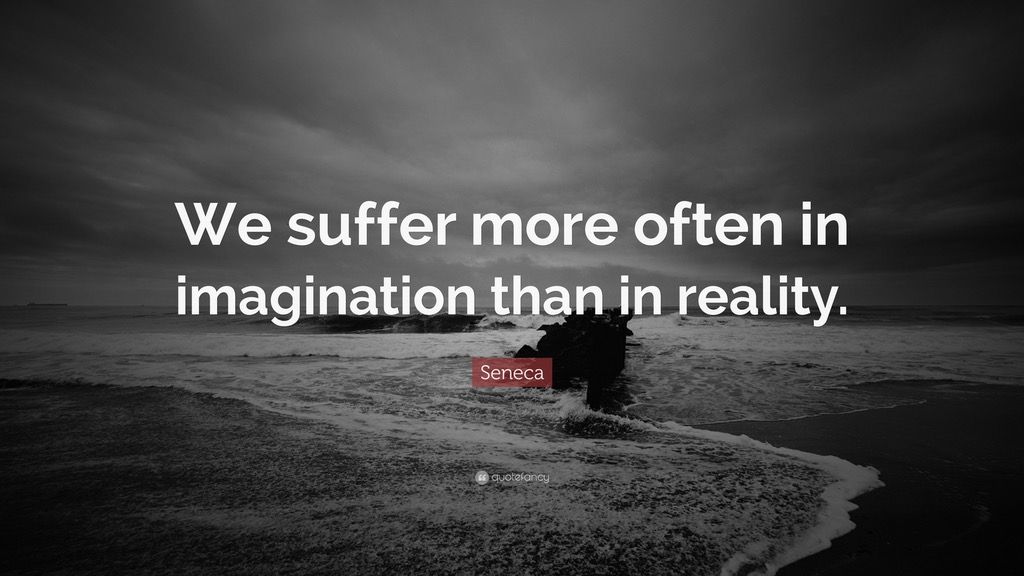 I try to avoid these behaviors so as not to draw attention to my pain.
I try to avoid these behaviors so as not to draw attention to my pain. - It’s harder to hurt when you don’t think about it. I often use watching a funny movie, listening to music, talking to a friend, or doing some other social activity to focus on something other than the pain.
- Exercise. While it may seem counterintuitive, movement helps reduce pain and improves conditioning. I try to walk each day even though my body hurts.
- Limit when needed. People with chronic pain often do too much when they are having good days and not enough when they are having bad days. I have learned limits and try to pace myself so I don’t worsen my symptoms.
- Lighten your load. Why make things harder than what they are? Techniques like good body mechanics make activities easier, not harder. Heavy lifting, for example, makes my pain worse. So instead of carrying a heavy load in one trip, I divide it into lighter loads and make multiple trips.

- Relax and ease tension. Pain and tension can form a viscous circle. Muscles tighten and put pressure on nerves resulting in even more pain. I do deep breathing and muscle relaxation exercises to help reduce tension.
In loss, there is gain
Though my losses to chronic pain over the last decade have been steep, I have also gained much through the experience. I gained a new respect for myself, knowing I am in control of the pain instead of the pain controlling me. I gained new friendships. And I am gaining new purpose in helping others manage their own pain. I have set a new course for my journey.
Tom Bowen oversees the Facebook group Chronic Pain Champions — No Whining Allowed. He can be reached at [email protected].
About the Author Reprints
How to Live Well with Chronic Pain – Your Complete Guide
Finding joy and motivation
Chronic pain can often sap all the joy out of your life. It doesn’t have to stay that way though! Once you get a handle on your chronic pain and figure out how to manage your symptoms, you can start to find joy in your life again!.
It doesn’t have to stay that way though! Once you get a handle on your chronic pain and figure out how to manage your symptoms, you can start to find joy in your life again!.
Finding joy can be anything that makes you happy! It could be something like attending a class once a week, taking up a new hobby, having a pet, making new social connections or getting back to work.
When your level of functioning is low, it can feel as though your life is all about your chronic pain, but you can shape your future and find purpose again. The goals that you set for the future might not look exactly as they used to but they can be just as wonderful.
Sometimes it might take longer to achieve your goals and you may have bumps in the road, but if you set goals you really feel passionately about, you will have the motivation to overcome your symptoms and persist until you are successful. This study on assessing quality of life in those with chronic pain explains that, “One of the mechanisms by which improvements are hypothesized to occur is via a shift in patient focus away from a primary goal of pain reduction toward goals associated with living meaningful and productive lives.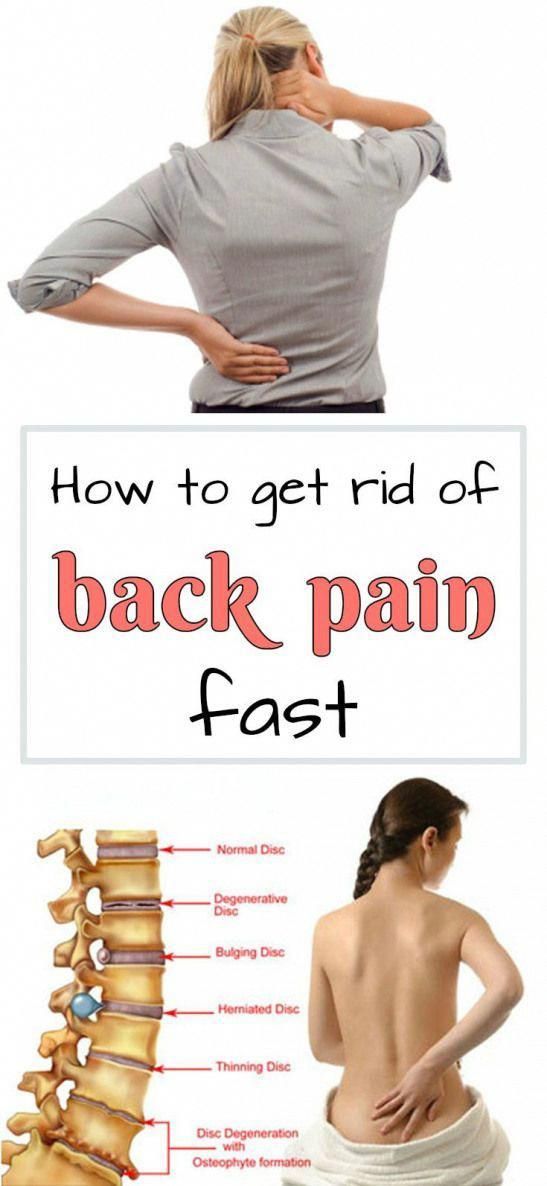 ”
”
When I was first diagnosed my symptoms were my whole life. As I learnt how to reduce my symptoms and had the confidence to tackle them, I began to find joy and set new goals. I found joy in my wonderful husband, family and friends. I began to write again which was something I had always loved. I used to want to work with animals, but now I still have them in my life as pets and that’s just as beautiful.
I set new goals, writing part time and doing admin work for the rest of the time. I knew that I wanted to write full time and so continued to work on gaining experience, and in 2019, I finally got the opportunity I had been working towards. I am now a full-time writer and it fills me with joy and pride to say that.
It took years to learn to manage my condition, but I did it and it was so incredibly worth it! I can’t describe how grateful I am for that. You can find new goals and you can achieve them!
Appreciating the little things
Another way to draw joy into your life is to really appreciate the ‘small’ things in life.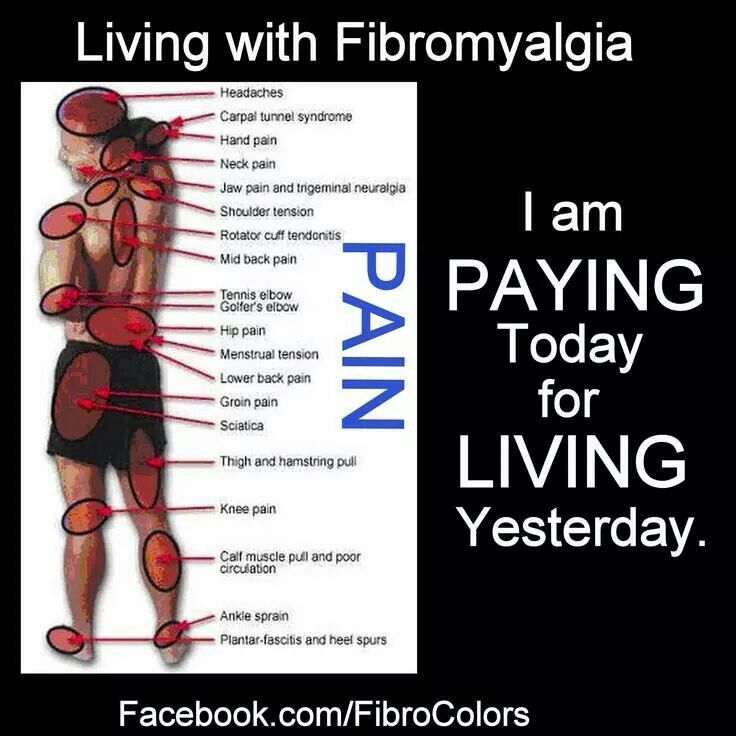 Praising yourself for small achievements like taking a shower, getting up and dressed or doing some exercise for example. Don’t dismiss those things as something you ‘should’ be able to do, instead praise yourself every step along the way and celebrate those achievements, because they are tough, and they do deserve to be celebrated.
Praising yourself for small achievements like taking a shower, getting up and dressed or doing some exercise for example. Don’t dismiss those things as something you ‘should’ be able to do, instead praise yourself every step along the way and celebrate those achievements, because they are tough, and they do deserve to be celebrated.
So often people rush past simple joys, when those little things can really bring such happiness if they are appreciated fully. Find joy in small things like a TV programme you enjoy or a tasty piece of cake. Really soak up that moment and take notice of the happiness it brings.
Finding ways to reduce stress
Being in pain is stressful, but stress causes and worsens chronic pain. It’s an ongoing cycle but one that you can work on breaking. Finding ways to reduce stress in your life can help immensely. Taking some time to really look at what causes you stress is helpful, and then addressing them one by one.
Be sure to talk to someone you trust about your feelings; it can feel like a weight has been lifted off your shoulders when you share your problems rather than keeping them to yourself.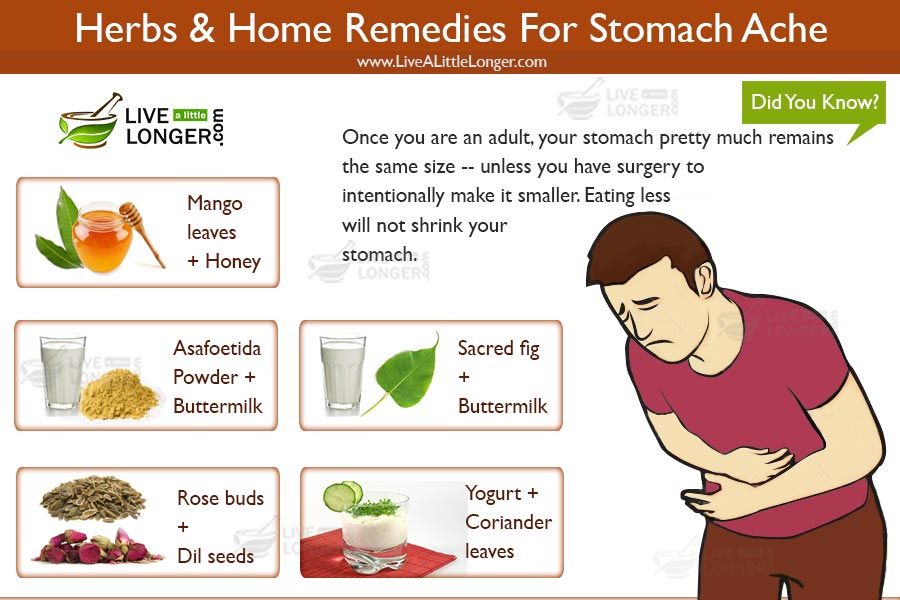
Learning how to implement mindfulness into your day to day life as well as carrying out mindfulness meditations can help you to relax and reduce stress. This book describes mindfulness as, “to live in the moment, notice what is happening and make choices about how you respond to your experience rather than being driven by habitual reactions”; essentially mindfulness gives you more control over your emotions and your behaviours.
Learning how to reduce your symptoms and better manage your pain allows you to feel more in control. Seeking therapies can help you to tackle hypervigilance, catastrophizing and fear about your pain, which can take away a big part of the cause of stress in your life.
Distraction
Something that I have found immensely helpful when I am flaring is distraction.Changing your environment can be useful, even if this is just moving into a different room. Listening to music, talking to someone, engaging in crafts, basically anything that keeps you busy and which gives you something other than your pain to focus on, can make it easier to deal with.
Don’t worry about what others think
This is easier said than done but learning not to worry about what other people think of you can give you an immense sense of freedom. Illnesses which are invisible like most chronic pain conditions, tend to carry a lot of stigma. People don’t always understand what they cannot see; unfortunately, that often leads to judgements or stigmatizing comments. The less weight you give other people’s judgements, the more confidence you gain.
We are all beautiful and amazing in our own ways, and everyone goes through struggles in their lives. You know what you are going through and that’s what matters.
Finding others who understand
Being able to talk to other people who really understand what you are going through because they go through it themselves, is so validating. You may be able to join local support groups or you can find support online through social media or chat rooms.
Twitter provided a lifeline for me when I had nobody else in my life who had experienced my conditions, and some of the friends I have made there will be lifelong.
Feeling comfortable asking for help
Needing to ask for help can feel embarrassing. It can be all too easy to feel like a ‘burden’ when you need to ask loved ones for assistance with day to day tasks. It’s important to remember that everybody needs help sometimes. Releasing the guilt that comes along with asking for assistance is much easier said than done though.
I try to combat this by explaining to my loved ones in advance what I am going through, so that when I ask for help they have a better understanding of why. Remembering to thank them for all they do can make them feel very appreciated.
I try to remember that I am there for them in so many ways, even if those ways are sometimes different than how they are there for me. The concept of needing help sometimes can still be frustrating, even if your loved ones are really understanding; this is something I am still working on.
Learning how to use mobility devices
Mobility devices are there to increase your level of functioning, to enhance your quality of life.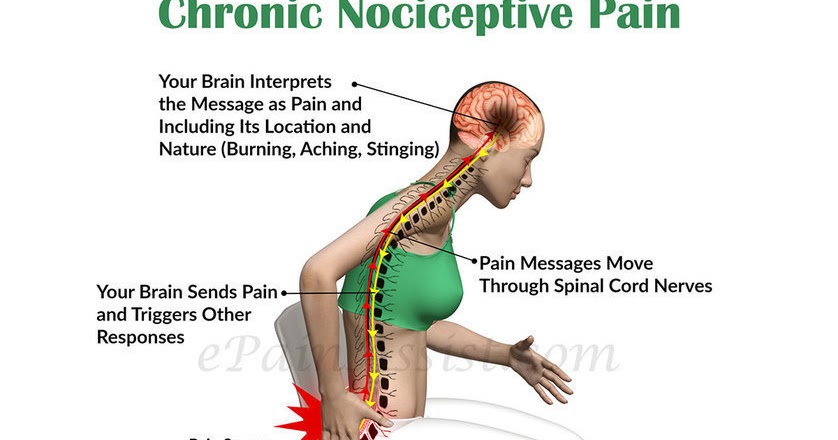 Utilizing them when they could help you to do more and cope better is nothing to be ashamed of. The key here is to find a balance. It’s important to still push yourself to manage your chronic pain and be active when you are able. This study concluded that when used correctly, “mobility devices improve users’ activity and participation and increase mobility.”
Utilizing them when they could help you to do more and cope better is nothing to be ashamed of. The key here is to find a balance. It’s important to still push yourself to manage your chronic pain and be active when you are able. This study concluded that when used correctly, “mobility devices improve users’ activity and participation and increase mobility.”
For example, I have a mobility scooter which I used to need a lot more than I do now. I used my scooter to get out of the house on days when I was flaring and would not otherwise have been able to walk without causing extreme pain, so I was still able to function. The key was when my pain was low but still present, to continue expanding my exercise and activeness without the scooter, even though it was there, and I could have made life easier using it. It’s about finding a balance between using aids when you really need them, but not allowing them to interrupt your progress in building up your activity levels.
Surrounding yourself with supportive people
You need people in your life who are going to be understanding and supportive.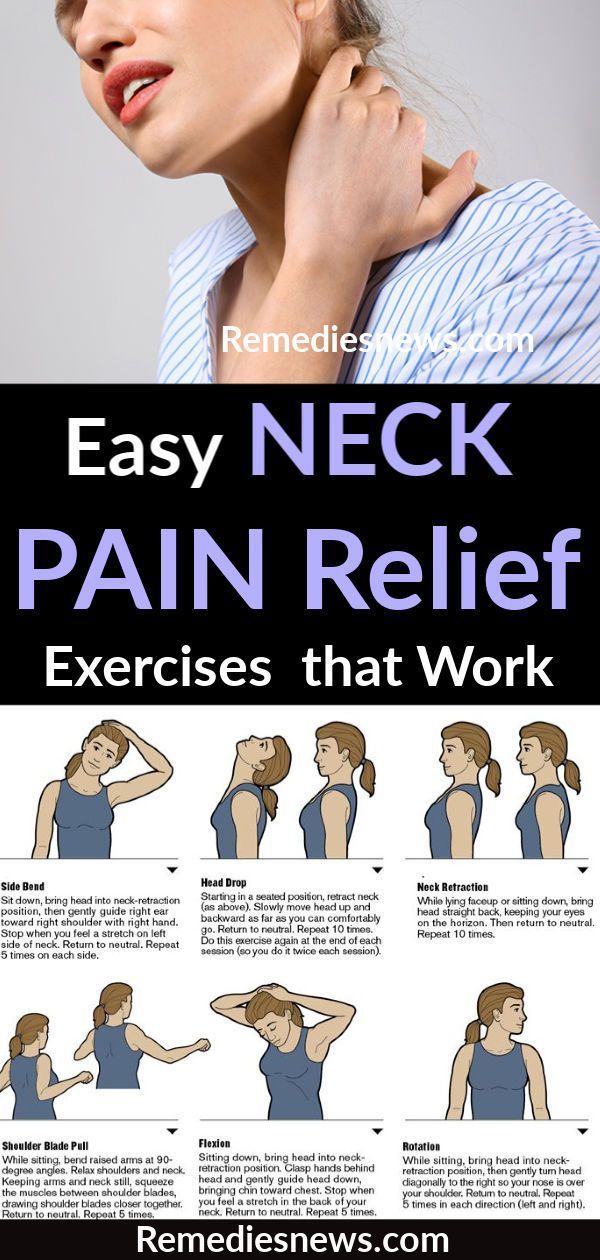 If there are people in your life who don’t accept or understand your condition even after you have tried to educate them, it may be time to consider putting your wellbeing first.
If there are people in your life who don’t accept or understand your condition even after you have tried to educate them, it may be time to consider putting your wellbeing first.
Know that you are worthy of romantic love
Everybody, regardless of physical ability or mental illness, is worthy of love. If you have that love in your life, try to understand that you are worthy of it. Iit can be all too easy to start pushing a partner away because you feel like a burden.
If you don’t have romantic love in your life and you want it, don’t allow your chronic illness to stop you seeking it. The right person will love you for exactly who you are.
Learning to be assertive
There are times when you may feel that an activity is too much for you. Learning to be assertive and understand that you have a right to say, ‘no thank you’ is important.
Being assertive with yourself is equally as important. There will be times that it will feel easier to just rest rather than push yourself to be proactive in managing your pain.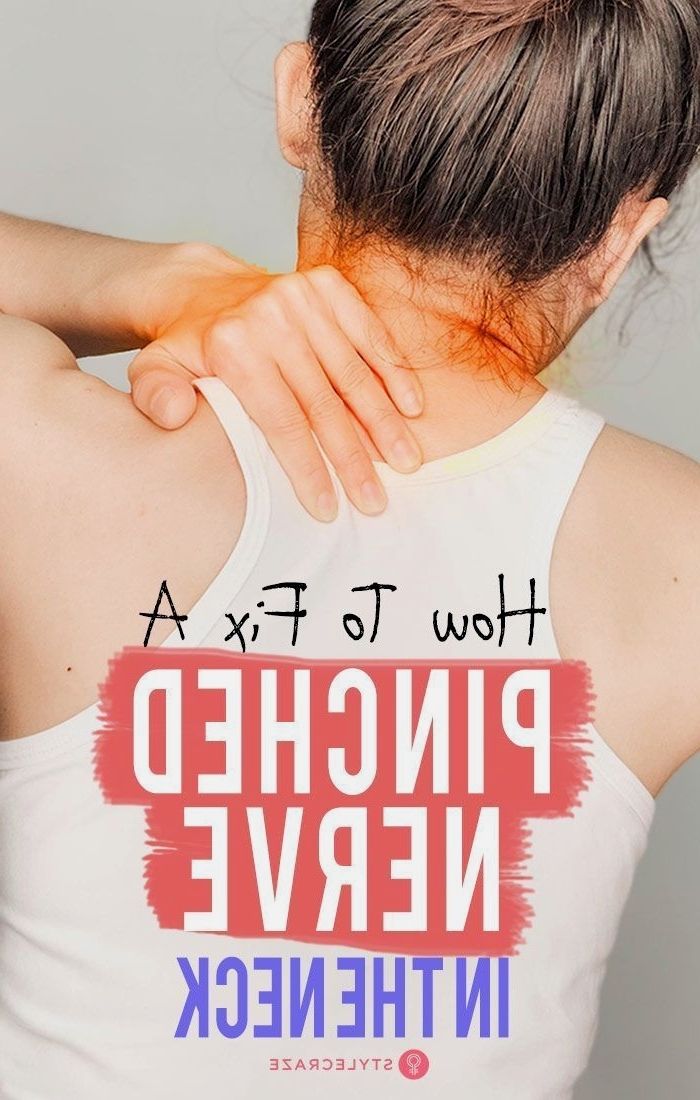 Equally there may be times when you want to continue an activity even though you know you need to rest. It’s a skill to learn to be assertive with yourself in doing what is best for your health.
Equally there may be times when you want to continue an activity even though you know you need to rest. It’s a skill to learn to be assertive with yourself in doing what is best for your health.
Finding ways to maintain social connections
Isolation is so common in those with chronic pain. Often we may feel we cannot keep up with others or that they might not understand. Sometimes fear of pain worsening can lead to avoiding activity. Most humans need social connections in their lives to be truly happy. To live well with your pain, you need to have those connections in your life.
This age of technology affords plenty of options to keep in touch with those we love, even if we don’t feel up to getting out of the house at times. Using video calls, texts, phone calls and social media can allow you to nurture connections.
Trying to form a social life that works for you. You could explain to your friends that you can only do so much and arrange nights out around these boundaries. You may form friendships with people who already understand your condition and who have similar levels of functioning as you do. You could host social nights at home, inviting loved one’s round if you don’t feel up to going out.
You may form friendships with people who already understand your condition and who have similar levels of functioning as you do. You could host social nights at home, inviting loved one’s round if you don’t feel up to going out.
Planning your activity
You can utilize times that you have low pain to your advantage. However, it’s vital not to overdo things as this can lead to the boom and bust cycle (meaning that you try to fit everything you can into a ‘good day’ and end up causing a flare). Instead, learning to pace your activity and utilize good days without going overboard, is the most effective way to optimize your productivity.
Combating cognitive issues
Issues with concentration, memory and cognitive processes can be symptoms of chronic illness. I struggle with fibro fog, which makes it hard to function at times.
Keeping notes and reminders can help you remember important things. Setting alarms for appointments, to remember when to take medications or when your pet needs to be fed for example can be useful.
One of the things that has been my greatest weapon in coping with fibro fog, is finding humour in it instead of letting it frustrate me. When my brain comes up with a random word instead of the one I was aiming for, my husband and I have a giggle at how silly my brain can be. When I forget why I walked into a room, I shrug and smile, thinking to myself ‘fibro fog strikes again’.
How to live with chronic pain
24,521
Know YourselfHealth and Beauty
Back pain, headache, arthrosis, fibromyalgia - chronic pain comes in many forms and may not leave us for years. It seems endless, interferes with work, poisons personal life, affects mood and memory.
When we encounter pain, our receptors respond by sending signals to the brain. You can get rid of acute pain by drinking painkillers, or just wait until it goes away on its own. But chronic pain is different. The brain continues to receive signals even after the cause of pain is eliminated. Pain caused by chronic conditions can range from mild to unbearable. She is often accompanied by exhaustion or overeating, fatigue, depression, sleep disturbances.
Pain caused by chronic conditions can range from mild to unbearable. She is often accompanied by exhaustion or overeating, fatigue, depression, sleep disturbances.
It doesn't matter what exactly hurts: if the treatment is over and the pain remains, it becomes chronic and difficult to cope with. A person does not recover, even if doctors do not find signs of illness in him. The thing is that our highly sensitive nervous system continues to react, even when there is no reason for pain. This does not mean that it is exclusively in our heads. It's a neurological process that determines our reactions. Its mechanisms must be understood and used to your advantage.
Stay active
Our lifestyle and eating habits affect the nervous system that responds to pain. Many are so afraid of pain that they refuse to exercise, but at rest it only increases.
In order not to harm yourself, increase the load gradually - then the body will have time to adapt. Walking is very helpful.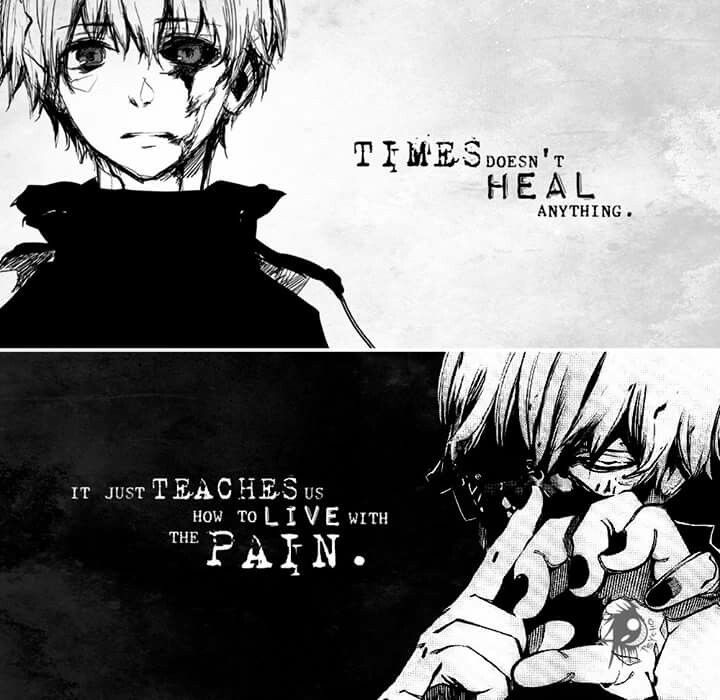 This simple form of physical activity does not require any cost or preparation.
This simple form of physical activity does not require any cost or preparation.
Write a physical activity plan for each day. Get up at the same time. And be sure to get enough sleep: lack of sleep makes us more sensitive to pain and stress.
Control thoughts
Pain limits, leads to stress and breakdowns. It is very difficult to look positively at the world if she does not let go for a minute.
Chronic pain affects every aspect of our lives. Patients begin to doubt the ability of doctors to help. Angry at themselves for not being able to get rid of suffering. They delve into the past in search of a reason, ask themselves what they deserved such pain. The anxiety and depression generated by the pain only exacerbate the symptoms.
There is only one way out - to control thoughts. Do not let yourself lose heart, look for pluses in your condition. Our thoughts reflect what we feel. Remember that pain does not kill us. She is not an enemy to fight. The more you fight her, the stronger she becomes.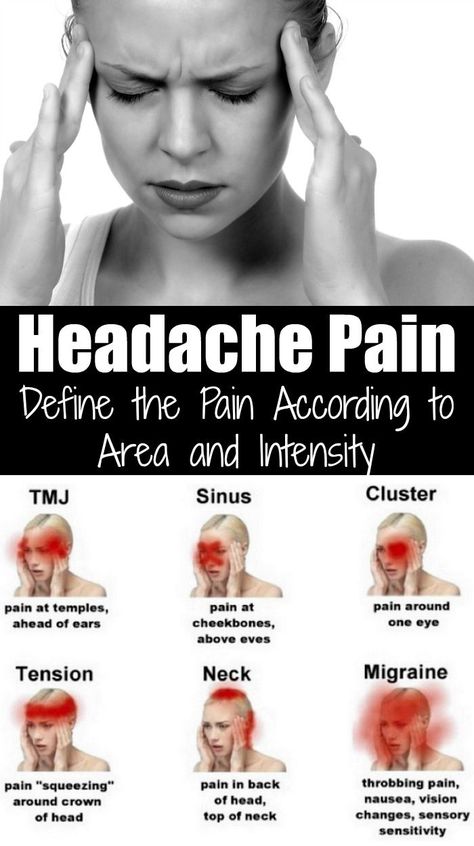
Understand your pain
Learn to manage pain through relaxation exercises, breathing exercises, meditation. Find something that helps you calm down and let go of the pain. Do not go in cycles in thoughts about it, it is better to accept it. Understand what and what you think. Understand: our consciousness often distorts reality, makes it darker, which in turn increases pain.
Stop blaming yourself
“One day I realized that everyone faces health problems in one way or another. And, realizing this, I stopped blaming myself for suffering from chronic diseases. This brought me great relief. I no longer think that life is unfair to me, ”recalls psychologist Anna Nogales.
It is difficult to deal with pain day after day. And if we blame ourselves for what happened, the pain enslaves us, makes us vulnerable and lonely. But this can happen to anyone. Pain is part of life. You don't have to wait for recovery to start living. Yes, chronic pain imposes some limitations, but this is not our fault.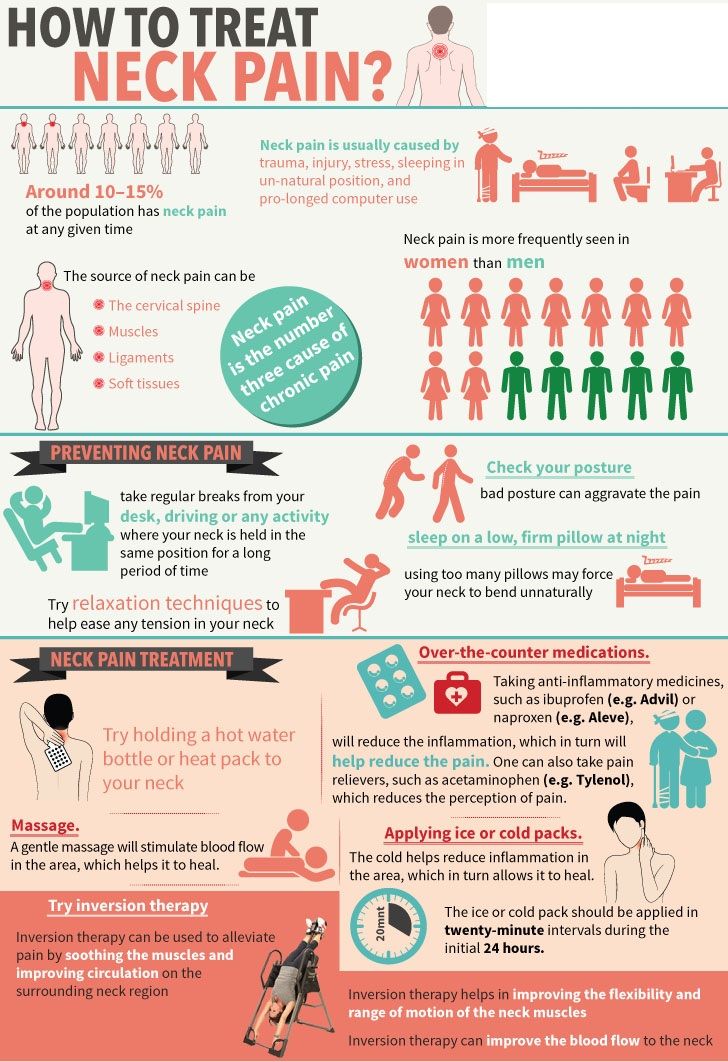
Accept that life is unpredictable
“Unfortunately, not everything and not always turns out the way you want. Pain changes our plans, makes us give up. However, I prefer to openly look at the world, rather than deceive myself and endlessly experience disappointments, ”shares Anna Nogales.
Life is unpredictable, it is not always possible to control absolutely everything, sometimes circumstances are stronger than us. Look at things soberly. Openness and honesty allow you to look at the world with gratitude, no matter what happens in life. It's hard, but that's the only way you can come to terms with yourself.
Recognize that it is okay to be alone
Chronic pain causes many to quit their jobs and limit their social life. Such changes can be traumatic. They make us feel disconnected from life.
With the right approach, you can turn loneliness into a peaceful solitude. There is nothing wrong with feeling lonely sometimes. When this happens, you need to take loneliness for granted and use it to your advantage: read good books, listen to music, meditate, write, learn something new.
Find a way to communicate with people
Back in the last century, seriously ill people could only write letters to each other and mail them. Then the telephone appeared. In addition, it was possible to invite friends to visit, if suddenly it was not possible to get out of the house.
You can call, write and meet even now. But other than that, there's an easy way to communicate with others, even if you can't walk. The Internet makes it possible to send messages by e-mail, start a page on social networks, write in chat rooms and forums. You can communicate with other seriously ill people, find an interest group, start a blog. Stay up to date with the latest news and even work from the comfort of your home.
Learn to be happy for others
Be happy for those who can afford more than you. This joy will give strength and help you feel better.
The ability to be happy for others needs to be trained. Start with those who have achieved a lot in a field that you are not interested in, such as winning a gold medal in a competition or an award at a film festival.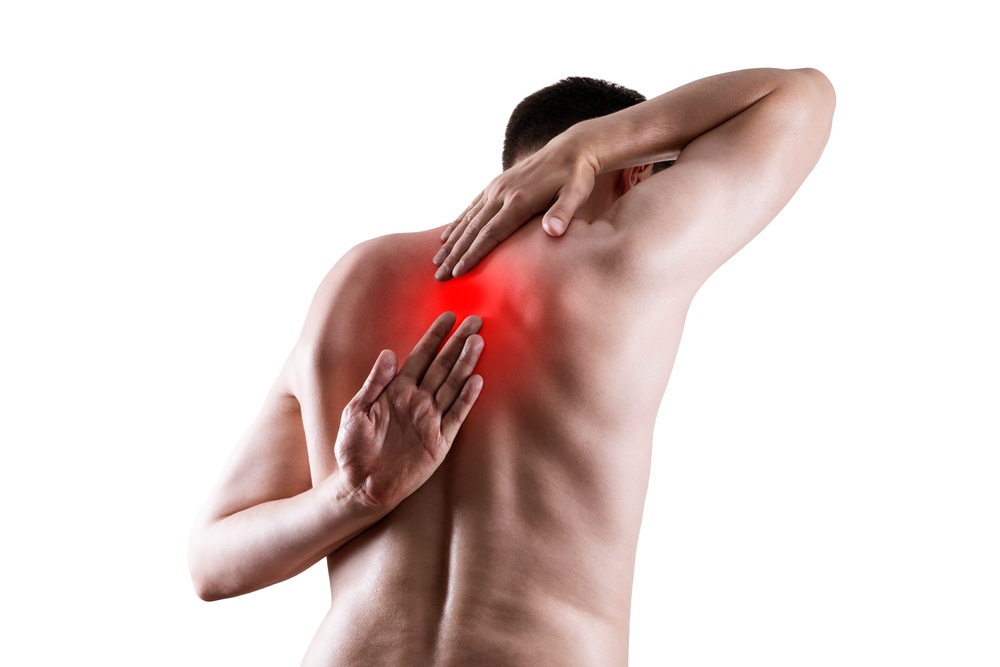 Be happy for them. If it worked out, rejoice for those who are nearby. Let you also want to go to the movies, dance, run a marathon, but you can’t yet, but they can. Feel their happiness.
Be happy for them. If it worked out, rejoice for those who are nearby. Let you also want to go to the movies, dance, run a marathon, but you can’t yet, but they can. Feel their happiness.
It's not easy, so you have to practice. “When my husband and daughter went to my favorite musical, at first I felt only envy and resentment, but then I managed to turn painful emotions into joy and felt happy - as if they went to the performance for me,” says Anna Nogales.
Be kind to yourself
This is one of the most effective ways to get along with pain. Meanwhile, for many, it is not obvious that one must first of all be kinder to oneself, because it is much easier to reduce the suffering that chronic pain brings. It is easier for others to sympathize, but we ourselves deserve compassion.
Do not engage in self-criticism if something was said or done wrong. You already spend a lot of energy on fighting pain - so do not aggravate the situation with self-condemnation.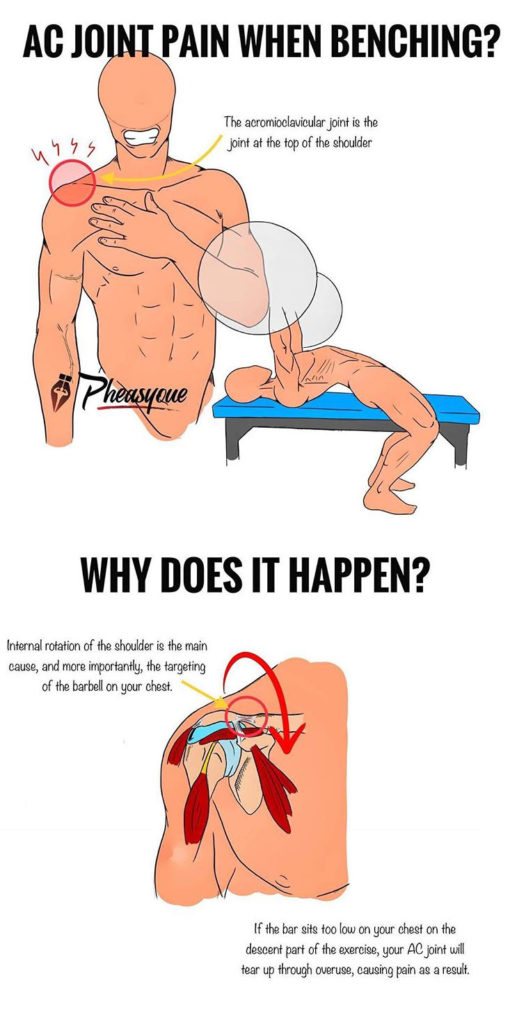 Never forget that despite being hurt, you deserve to be happy. Don't let anyone convince you otherwise.
Never forget that despite being hurt, you deserve to be happy. Don't let anyone convince you otherwise.
Text: Ksenia TroshinaPhoto source: Getty Images
New on the site
“I attract the wrong men”: how to break the vicious circle
“I am too cold and arrogant. How to love people?
“A man is in correspondence with another woman. How to talk to him about it?
Why people don’t want to start a family: a new study by scientists
“I can’t sleep”: 5 ways to lull a restless brain — try it for yourself impression on a potential partner
Sexual, gender, contraceptive: 3 revolutions of the feminist movement
How to learn to live with pain?
All news
"MG"-online
June 15, 2020, 21:05
From a letter to the editors of MG: “Dear editors! I am your fan with more than forty years of experience. She was a subscriber of Leninets, then Molodezhnaya Gazeta, when the newspaper became an online publication, she began to follow publications (thanks to her grandson!) Already on the computer.
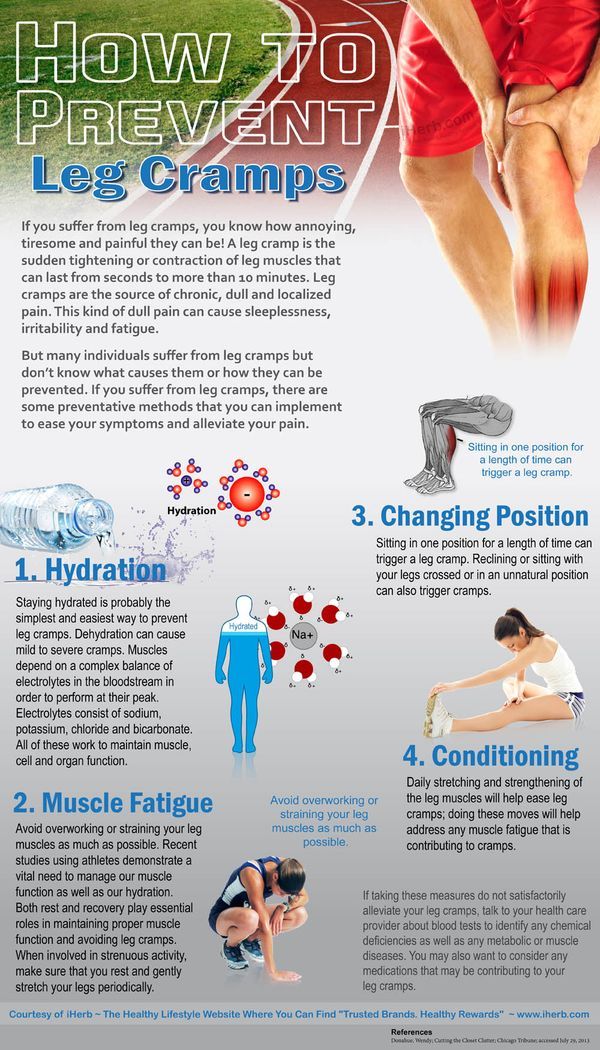 I wanted to contact your psychologists or doctors. I have long wanted to go to the clinic with my problem, but, firstly, I don’t even know which doctor to contact, and secondly, now, due to the age of the “risk group”, I have self-isolated. I am sixty three years old and retired. For two years now, I began to notice that it is very difficult to get up in the morning - the joints of my arms and legs hurt. Then you disperse - it passes. It is clear that these are arthrosis pains, but how to learn to endure them? How to learn to live with constantly aching joints? Are there any psychological techniques for overcoming such already chronic pain? Sincerely, Larisa Korostelina, Ufa
I wanted to contact your psychologists or doctors. I have long wanted to go to the clinic with my problem, but, firstly, I don’t even know which doctor to contact, and secondly, now, due to the age of the “risk group”, I have self-isolated. I am sixty three years old and retired. For two years now, I began to notice that it is very difficult to get up in the morning - the joints of my arms and legs hurt. Then you disperse - it passes. It is clear that these are arthrosis pains, but how to learn to endure them? How to learn to live with constantly aching joints? Are there any psychological techniques for overcoming such already chronic pain? Sincerely, Larisa Korostelina, Ufa - Pain is unique in that it is perceived exclusively negatively, being a universal signal that something bad is happening to the body. The evolutionary meaning of pain is huge, thanks to it, organisms avoid damage, isolate themselves from dangerous stimuli. Without the ability to feel pain, a person would not take his hands off the fire, would not pay attention to injuries, in a word, would not understand what was dangerous for him and what was not.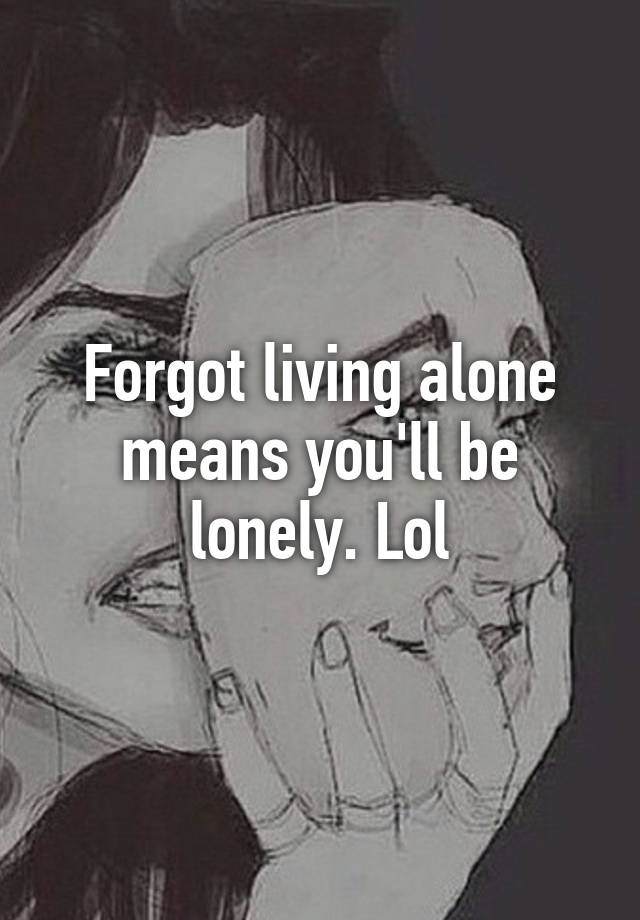 The life expectancy of people with a rare genetic disease, which is expressed in the absence of the ability to experience pain, is much lower than average. But there are types of pain that do not carry a visible meaning, mostly chronic pain.
The life expectancy of people with a rare genetic disease, which is expressed in the absence of the ability to experience pain, is much lower than average. But there are types of pain that do not carry a visible meaning, mostly chronic pain.
For example, chronic joint pain that gives us an idea of changes in atmospheric pressure and reminds us of the state of wear and tear of the body is an option of dubious value.
Pain, like nothing else, focuses our attention on the present moment, but in connection with it, negative thoughts about the future appear, which worsen the condition. For example, “this pain will never end”, “it will only get worse over time”, “because of this pain, I can’t do anything.” The very feeling of pain is supplemented by similar thoughts, which together determine our state as already suffering.
Thoughts associated with the sensation of pain cause an unexpected proportion of our negative state. By changing them, you will feel better.
For evolutionary reasons that were reasonable in ancient times, pain disposes us to reduce activity.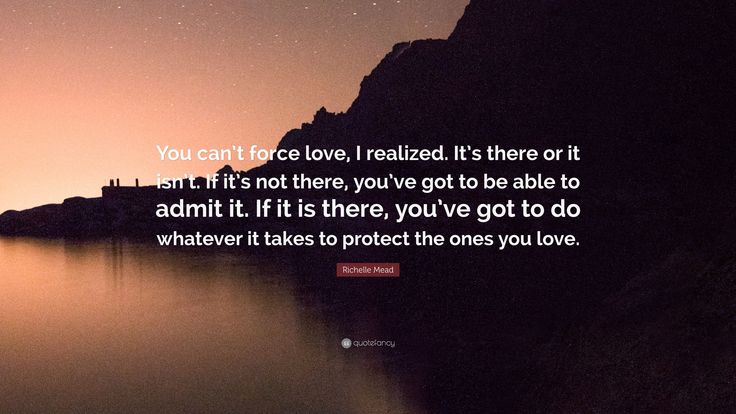 If we have broken a leg, it is wise not to load it until the bones heal properly; if there is bleeding, it is wise to remain calm so that it does not increase. But in a situation of chronic pain, restriction of mobility is useless, moreover, inactivity increases chronic pain, due to a violation of the natural regime of muscle tone and a decrease in the number of external stimuli, which focuses on pain sensations.
If we have broken a leg, it is wise not to load it until the bones heal properly; if there is bleeding, it is wise to remain calm so that it does not increase. But in a situation of chronic pain, restriction of mobility is useless, moreover, inactivity increases chronic pain, due to a violation of the natural regime of muscle tone and a decrease in the number of external stimuli, which focuses on pain sensations.
What to do? Move, keep physical activity within safe limits for you.
Pain is invariably associated with tension in the surrounding muscles. Muscles from constant excess tension also begin to hurt, which increases the overall pain. For example, a tooth hurts - facial muscles, neck muscles tense up, and after a while they also begin to hurt. The ability to relieve muscle tension around the painful area will significantly improve your condition. There are many techniques for relaxing the muscles, choose those that will help relax them in the painful area. I suggest you try one of the techniques - abdominal breathing.